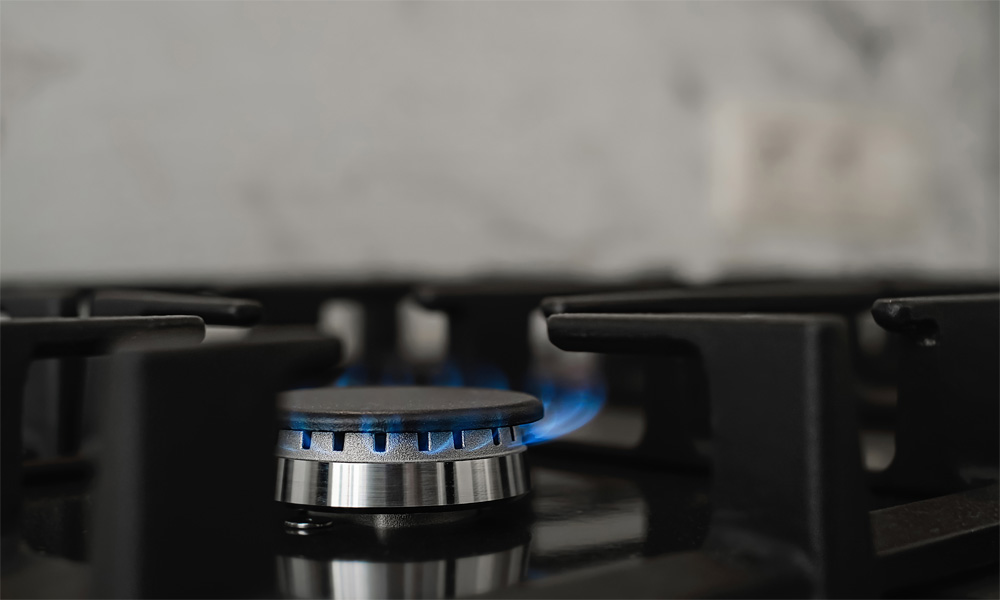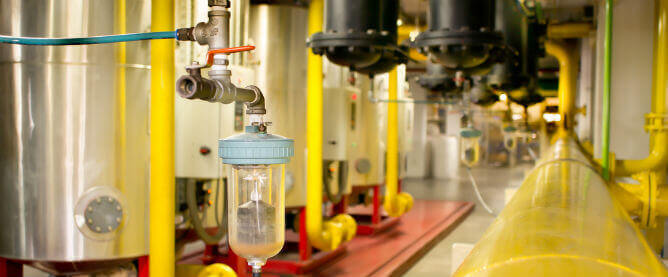The Best Fuel Options for Your Stove Explained

When shopping for a stove online, picking a fuel type shouldn’t feel like a test. But for some reason, it does.
You walk into the shop. You want something that burns. That’s it. Then you’re hit with terms like seasoned hardwood, smokeless ovals, kiln-dried ash, and eco logs—as if you’re stocking a medieval pantry instead of trying to warm your living room.
So this is a plain guide. No jargon. No grand claims. Just the pros and cons of the fuels people actually use in their heating stoves across the UK.
Logs (the Proper Kind)
Let’s start with logs, because everyone thinks they want to burn wood. It’s natural. It smells good. It looks nice in a basket. And if you stack it right, it gives the impression you know what you’re doing—even if you don’t.
But not all logs are the same. If you burn wet wood, your stove will sulk, your chimney will fill with gunk, and the room will smell like burnt cabbage.
What works?
Seasoned logs or kiln-dried hardwood.
Hardwood (oak, ash, beech) burns longer and hotter than softwood. Kiln-dried means it’s been dried properly, so it won’t hiss and spit at you like an angry cat.
Avoid:
Freshly cut wood. It looks innocent. It’s not. It’s full of water and makes a mess of your stove.
Smokeless Coal
Now this one sounds boring, and frankly, it sort of is. No romantic flicker. No crackle. Just steady heat, which is probably what most people want deep down.
Smokeless coal—or smokeless fuel as it’s called to make it sound less Victorian—is made from things like anthracite, which is coal’s cleaner cousin. It burns hot. It lasts ages. It doesn’t clog up your flue with sticky soot.
It’s also allowed in smoke control areas. That means if you live somewhere where the council disapproves of visible smoke, this is your safest bet.
Pros:
- Long burn time
- High heat output
- Clean enough for urban areas
Cons:
- No crackle or smell
- Less pretty than logs
If you’re the type who doesn’t want to touch the stove again until tomorrow morning, this is your fuel.
Wood Briquettes
These are the sausages of the stove world. Leftover sawdust and wood shavings, squeezed into neat shapes that burn like proper logs.
They’re tidy. They’re dry. They stack well. And they come in bags that don’t shed half a forest into your boot.
Some people turn their noses up at them, usually the same people who believe fresh sourdough has to be handmade by someone called Rupert. But briquettes work.
They burn hot. They burn clean. And they don’t take years to dry.
Best for:
People who want a clean burn but don’t have time to season wood or chase down the bloke with the trailer full of damp logs.
Peat (Don’t)
You’ll still find peat for sale now and then, usually in places where time stood still around 1983. It burns well, smells earthy, and turns your living room into a pub in rural Ireland.
But it’s terrible for the planet. Digging it up ruins bogs, which apparently are more useful alive than dead.
Most shops are phasing it out. If you’re using peat, maybe stop. There are better ways to feel nostalgic.
House Coal (Also Don’t)
Traditional house coal has been fading out for a while now. It’s smoky, dirty, and banned in a lot of areas. You’ll struggle to find it legally, and if you do, someone might raise an eyebrow.
Plus, it’s hard on your flue, your lungs, and your curtains.
Time to move on.
Mixed Fuels and Blends
There are dozens of bagged fuels out there with names like Homefire, Phurnacite, or Ecoal. They’re blends—part coal, part wood, part mystery. Some are brilliant. Others leave you with a headache and a pile of clinkers.
Ask around. Try small bags first. If it smells like burning tyres, don’t buy it again.
So What Should You Choose?
If you want fire that looks nice, smells nice, and doesn’t annoy the neighbours—go for kiln-dried hardwood or decent briquettes.Obviously gas and electric fires are a more traditional alternatoves.
If you want to heat the house through a power cut while pretending to be a lighthouse keeper, go with smokeless coal.
If you want to avoid sweeping ashes twice a week, don’t mix your fuels like a science project.
And whatever you do, don’t burn rubbish, painted wood, or that fence panel you “found” near the skip. It’s not worth it.
Pick One
Your stove can burn all sorts of things. That doesn’t mean it should.
Pick one fuel. Stick with it. Learn what it does. Your stove will last longer, your room will stay warmer, and you’ll stop second-guessing every lump you throw in.
And if you’re still not sure what suits your stove—or your house—come see us. We won’t blind you with terms. We’ll just help you find something that works, burns well, and doesn’t leave you covered in soot.







